Have you ever blankly stared at a shopping consultant who asked you if you wanted “supra-aural or circumaural” headphones? Say no more! We’ve made a cheatsheet just for this case to help you master your headphone knowledge on every level.
General Use
- Cans
This is a slang most people use for the word headphones.
- Headset
Headphones that have an attached microphone are called headset. They allow the person to speak and listen in a hands-free mode.
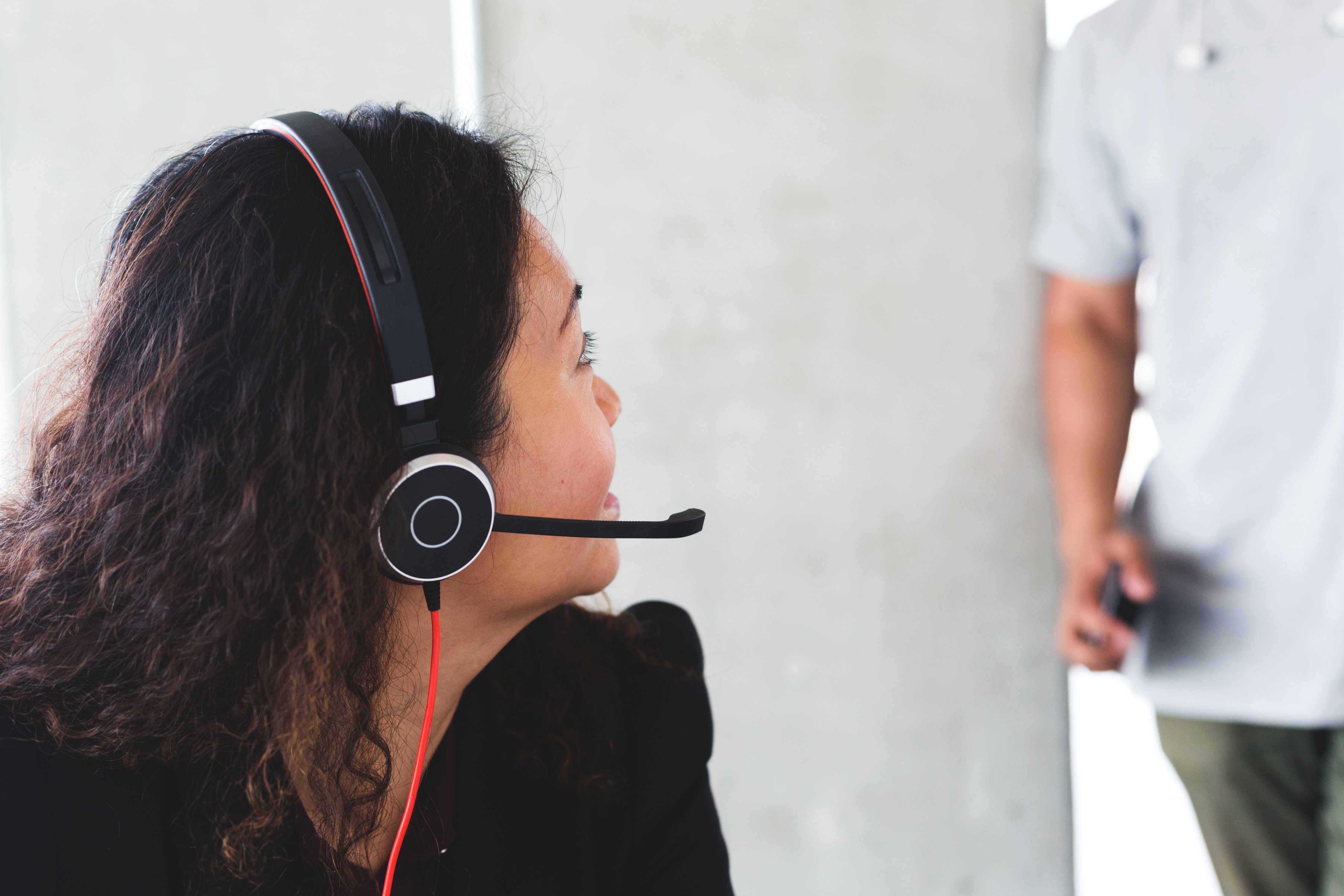
Headset
- Earmuffs
Earmuffs aren’t exactly headphones but rather earcups with heavy padding that don’t have any audio features – they simply isolate noise thanks to the noise absorbing materials. There are thermal earmuffs designed to keep ears warm and acoustic earmuffs (ear-defenders) that are typically used for hearing protection.

Earmuffs
Categories
- Over-ear or Circumaural Headphones
These headphones have big padding that sits tight all around the ear and creates a strong seal around the head. It encloses the ear and provides noise isolation which is otherwise referred to as passive noise cancellation.
A popular model in this category is the Jabra Evolve 80, known for its excellent noise-cancelling capabilities and comfort.
Pros: Comfortable wear, sound quality, battery life up to 30 hours (in case of ANC or wireless)
Cons: Bulky, heavy
Best use: Long-term session in a relatively noisy environment
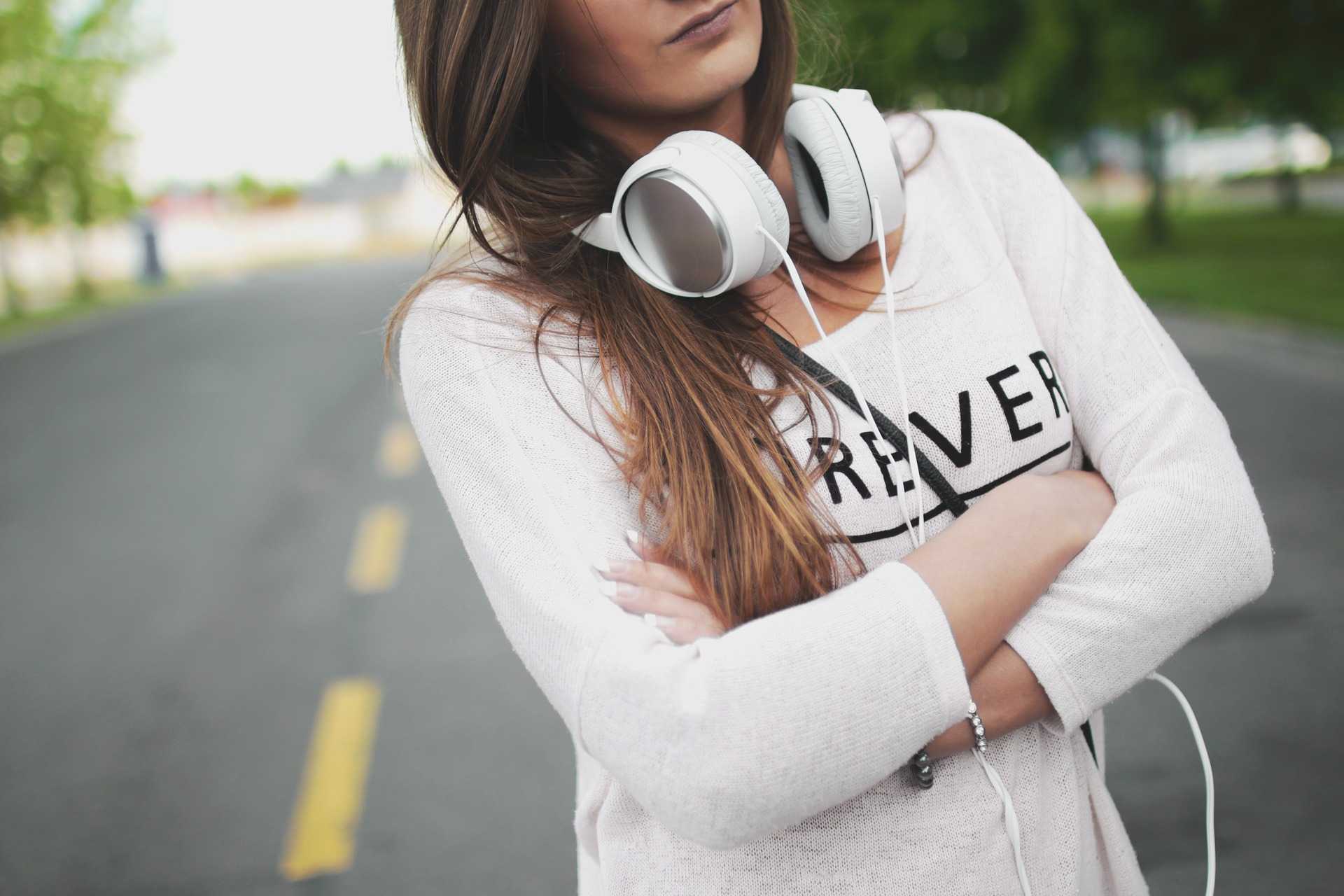
Over-Ear Headphones
- On-ear or Supra-aural Headphones
Headphones that press against your ear. In other words sit tight on ear and create a stronger seal around your head than over-ear headphones. They also provide noise isolation thanks to the padding. You can jump and sneeze in these with no drastic consequences.
A notable model in this category is the Jabra BIZ 2300, which offers excellent sound quality and comfort.
Pros: Lightweight, portable, great sound quality, design
Cons: Not suitable for long time wear (can cause headaches), average noise isolation.
Best use: Short-term listening for light physical activities like running.

On-Ear Headphones
- In-ear headphones or Earbuds/earphones
In-ears go straight into your ear and cover the walls of the canal creating partial noise isolation. They usually come with mobile devices and have foam plugs of small, medium and big sizes to fit your ear canal. There are both wired and wireless earbuds, so you can get what you prefer.
A popular option in this category is the Apple Airpods 3rd Gen, known for their seamless integration with Apple devices and improved sound quality.
Pros: Lightweight, portable
Cons: Poor sound quality & noise isolation, hearing loss
Best use: Short or mid-term listening for a heavy workout session
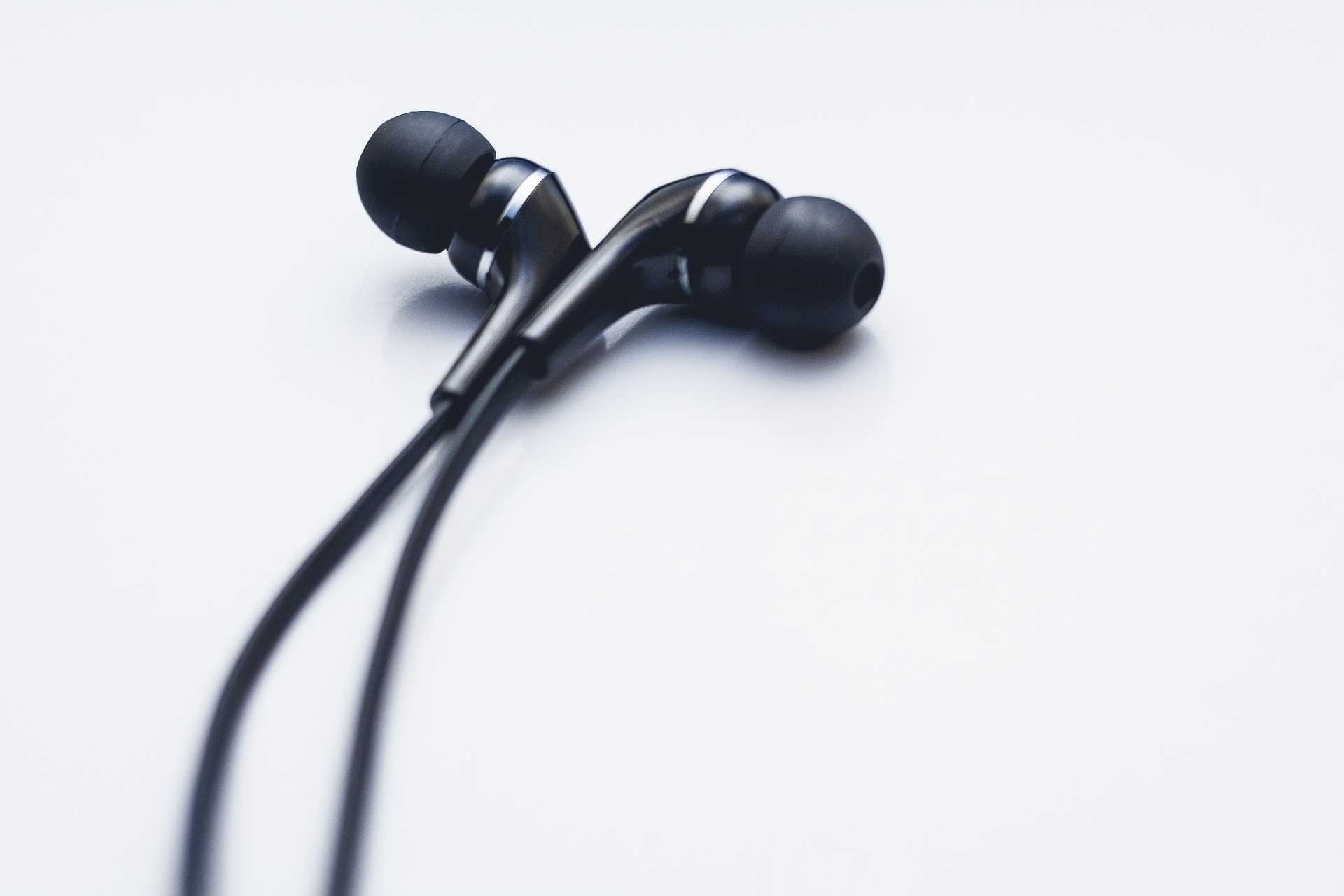
In-Ear Headphones or Earbuds
Main types
- Closed-Back Headphones
Closed back headphones seal all around your ear and don’t let external sounds interfere with your listening experience. There is no air flow in and out of the earcup, which means that the ears can heat up and get moist quickly. Closed back headphones can be over-ear, on-ear, and in-ear so pros and cons are essentially the same.
- Open-Back Headphones
The earcups of these headphones are equipped with vents or perforations. Basically you can see through the mesh-covered earcups. The point of these headphones is not noise isolation and in fact, they don’t really have any.
All they do is provide you with a great sound quality experience for casual listening of realistic and natural sounding music at home. There is an air flow through the earcup and you can hear the surrounding conversations and sounds, while others can hear your music. Open back headphones can be over-ear, on-ear and in-ear as well.
Pros: Comfortable wear, natural sound, lightweight
Cons:Sound leak, lack of noise isolation
Best use: Long-term casual listening session at home
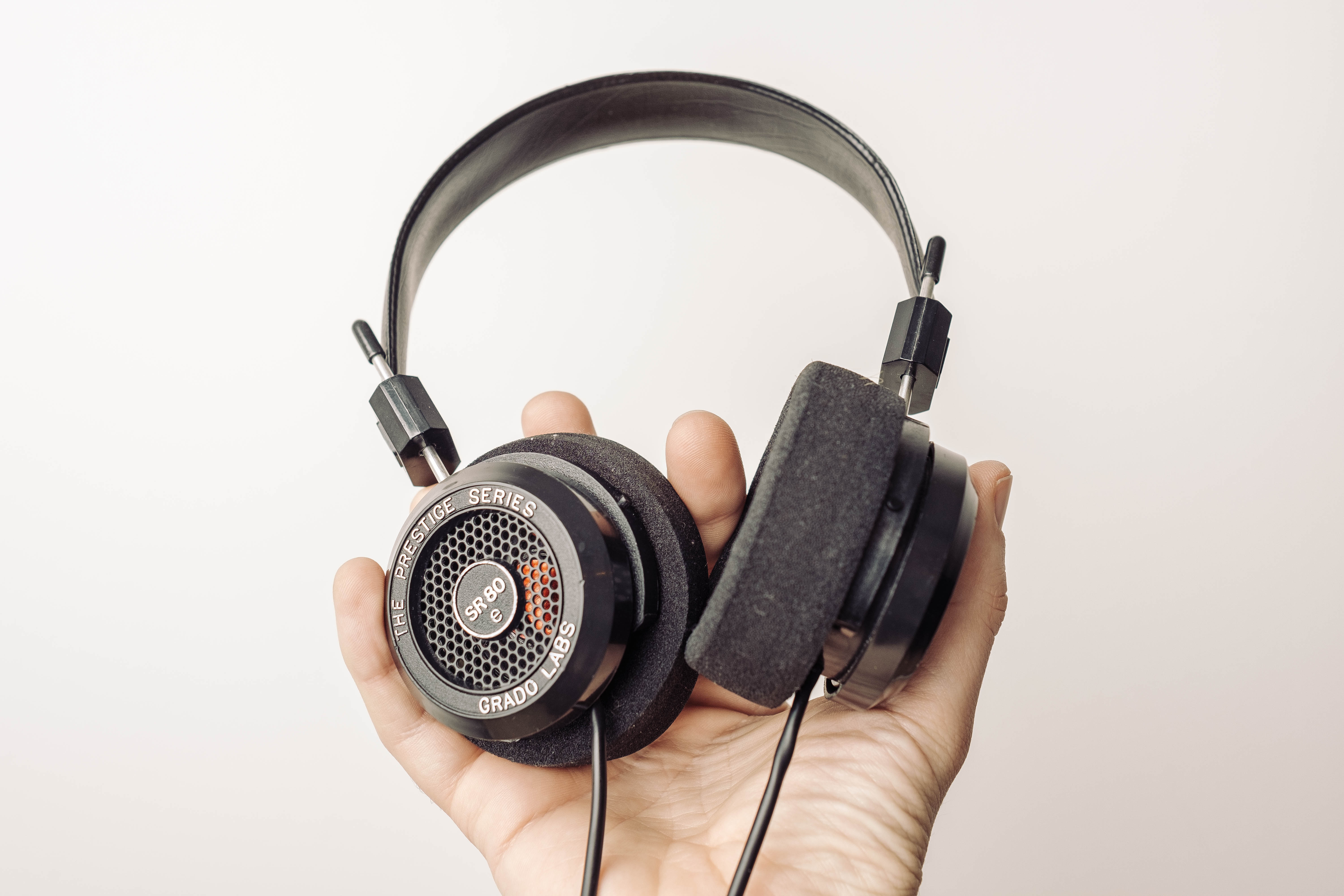
Open-back headphones
- Semi Open-Back Headphones
These are almost the same as open back headphones, but they let slightly less noise in and the sound leak is relatively lighter. However, they have the same cons as open back headphones, so you may need to spend time listening to both to make your decision.
Noise cancellation
- Active noise cancelling headphones
Active noise cancelling headphones have built-in microphones that receive the external sound and create an anti-sound to cancel the noise. They cancel about 70-90% of ambient noise and are applicable for all headphone categories.
Pros: Excellent noise cancellation & sound quality, safe for hearing
Cons: High power usage, cost
Best use: Long term listening for extremely noisy environments like office, call centers
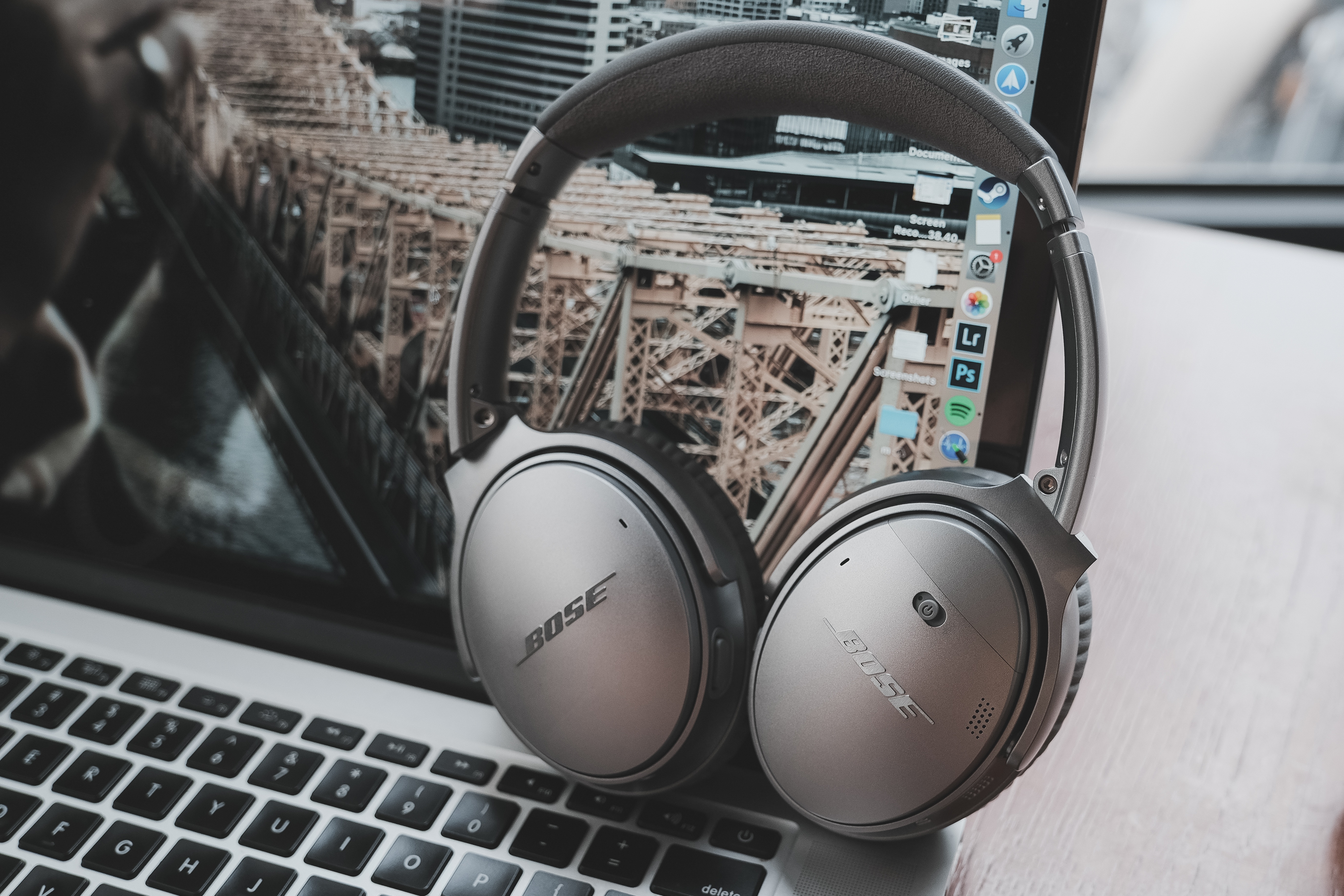
Active noise cancelling headphones
Note: We can help you figure out how to buy noise cancelling headphones. If you need an affordable option we also have a list of budget noise cancelling headphones.
- Passive noise cancelling or noise isolating headphones
These headphones are the same as earmuffs except for they provide audio as well. The noise absorbing materials for padding make sure that no external noise reaches your ear. All categories provide some sort of noise isolation, however over-ear headphones do it best by not letting any air flow through the earcup.
Pros: Simple use, affordable, no battery required
Cons: No active noise cancellation, high volume may be required
Best use: Long-term listening in a relatively quiet environment
Note: If you want to remove the noise during calls as well, you can get Krisp. It mutes noise from both sides of the call and aid your noise cancelling headphones. That way you will be able to both speak and listen without noise.
- Adaptive noise cancelling headphones
With a recent technology with advanced algorithms, these headphones cancel the noise based on its level and intensity. The louder the background noise the stronger the cancellation. For some headphones adaptive noise cancellation has automated strength based on the noise level in real-time.
This pretty much covers all the headphone types and categories you need to know for your next purchase. We hope it helps you have a great shopping!


